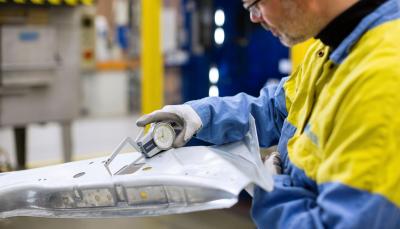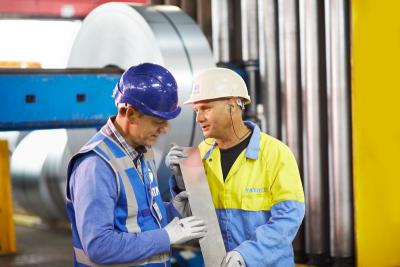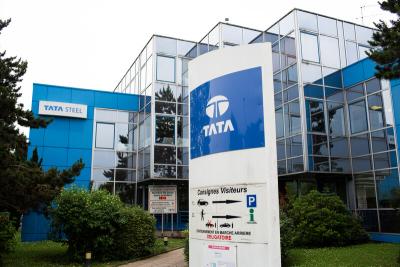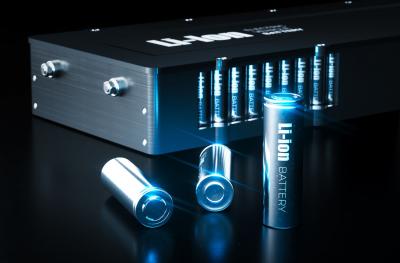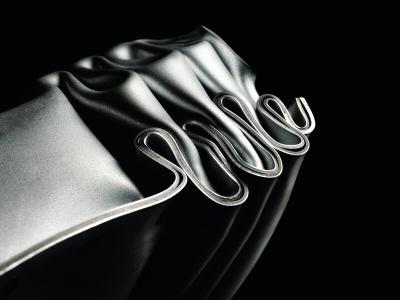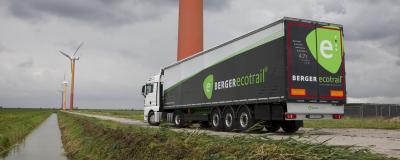Changes to Part L of the Building Regulations over the next few years will significantly impact the specification of building envelopes, including a likely need to accommodate a certain amount of solar photovoltaics. The changes continue to follow a broadly ‘fabric first’ approach, requiring lower U-values than previous versions of the regulations, whilst also incorporating this renewable technology.
Energy efficiency regulations in the UK are currently undergoing significant changes as the different nations look to align standards with net zero ambitions and targets. The end goals of the regulations in each nation are broadly the same: to reduce energy use and carbon emissions through conserving fuel and power.
Thanks to devolved powers, and the ability for each country to set their own regulations, the detail of how that end goal is achieved varies. Because Wales and Scotland tend to take a different approach with Part L and Section 6 respectively, this blog post is focused on Part L in England.
Changing Part L to help the transition to net zero
By now, most construction industry professionals are aware that Part L is going to change substantially over the next few years. By the time that Part L 2021 comes into effect in June of 2022, Part L 2013 will have been in force for eight years. By contrast, new regulations – the Future Homes Standard and the Future Buildings Standard – are earmarked for 2025.
Having Part L 2021 in place for just three or four years is part of the reason it is being described as an ‘uplift’. The idea is for it to be a stepping stone that will prepare the construction industry for the 2025 regulations, giving supply chains time to mature as the built environment increasingly adopts solutions that are ‘zero carbon ready’.
What improvements does Part L 2021 propose for commercial buildings?
With Part L 2021, government adopted an approach intended to deliver a 27% reduction in carbon dioxide emissions compared to Part L 2013. To achieve this high building fabric standards will be key, along with improved building services (including their control and automation), and a move away from carbon intense fossil fuels towards low carbon technologies.
The metrics for compliance are carbon dioxide emissions, primary energy consumption, and minimum requirements for the building fabric and fixed building services. In the case of fabric and services, the requirements for existing buildings are closely aligned with those for new buildings – the aim being to simplify the reading and application of the regulations.
Hot water demand, glazing specifications, the efficiency of lighting and heat recovery systems, and cooling systems have all been altered in Part L 2021 to help drive the 27% carbon reductions. It is the improvements to the building envelope, however, that are arguably the headline changes.
Lower building fabric U-values and low carbon technologies
As has been the case since 2006, compliance with Part L 2021 is established by comparing the proposed building to a ‘notional building’ of the same size and shape. The notional specification – which is split by side-lit zones (such as offices), top-lit zones (mainly warehousing), and un-lit zones – has had its U-values lowered, especially in the case of side-lit areas.
The notional specification represents one route to compliance but does not have to be matched exactly. The different areas of building design can be adjusted to suit each individual project, as long as the compliance metrics are ultimately met.
To ensure that designers and specifiers take a balanced approach, regulations have always included ‘backstop’ or ‘worst case’ U-values that cannot be exceeded. In Part L 2021, virtually all the backstop U-values have been improved, with many of them being lowered quite significantly.
Despite improvements to the minimum fabric requirements, meeting 27% carbon reductions will be difficult without increasing the use of low and zero carbon technologies. Solar PV is anticipated to be one of the big growth areas, but other technologies will play a key role too, including: heat pumps, CHP systems, district heat networks, transpired solar collectors, and solar thermal collectors.
Given the significant and ongoing decarbonisation of grid electricity (around a 73% improvement since 2013), technologies that consume grid electricity are becoming more attractive compared to traditional gas boilers. The notional building specification in Part L 2021 therefore includes solar PV amounting to 20 to 40% of the ‘foundation area’ as standard, depending on the building type, internal usage and how much of the building’s heating demand is supplied by heat pump technology.
All of these changes place even greater emphasis on the performance of the building envelope, both thermally and functionally. As well as achieving lower U-values and higher levels of airtightness, the building envelope will be expected to have the capability to accommodate solar PV panels as standard, as well as be able to integrate with other technologies such as transpired solar collectors.
Transpired solar collectors and compliance with Part L and Part F
Transpired solar collectors (TSC) can help achieve carbon reduction targets as well as meeting the ventilation requirements of Part F.
Since the onset of the Covid-19 pandemic there has been a realisation of the risks posed by recirculated air in ventilation systems, but adding HEPA filters significantly increases specific fan power (SFP), and switching to 100% fresh air systems increases energy consumption as the fresh air needs to be heated.
A transpired solar collector offers a solution by using solar energy to preheat the fresh air before it enters the building, keeping energy costs down and ensuring the air is safe to breath. Tata Steel offer a TSC system which is fully integrated within the building fabric.
Durable building fabric solutions for commercial buildings
To help specifiers choose building envelope solutions that comply with Part L 2021 and prepare for the transition to net zero, Tata Steel offers system solutions that can be tailored to individual projects’ needs. These solutions are backed by BSUK's 25-year Platinum® Plus guarantee.
A system solution with Platinum® Plus features components selected from a broad range of compatible roofing and cladding products, chosen on the basis of the building type and function. Tata Steel manufactures, and directly supplies, insulated panels (including Trisomet® and Trimapanel®), built-up systems (the Trisobuild® range), ComFlor® composite floor decks, and structural RoofDek.
The system guarantee incorporates a complete range of responsibly sourced and traceable accessories: all flashings, boundary gutters, fillers and sealants, ancillaries, stainless steel fixings, GRP rooflights, and safe link systems.
When specifiers choose a Platinum® Plus-backed system, Tata Steel helps to create a complete building envelope specification and advises on the selection of components to deliver the necessary performance. This includes thermal, acoustic, fire and structural performance, as well as durability – ensuring that the system will do what is claimed for the life of the building, and thereby helping to reduce the performance gap between ‘as designed’ and ‘as built’.
Pre-finished Colorcoat® products like Colorcoat Prisma® or Colorcoat HPS200 Ultra® also provide access to the 40-year Confidex® Guarantee, to complement the Platinum® Plus system guarantee. The Confidex® Guarantee now includes cover for PV systems mounted on Colorcoat HPS200 Ultra®, whether the panels are clipped or fixed over the pre-finished steel.
To find out more, view the Tata Steel Building Systems UK range of solutions, or contact the Tata Steel building envelope team.
T: +44 (0) 1244 892136












